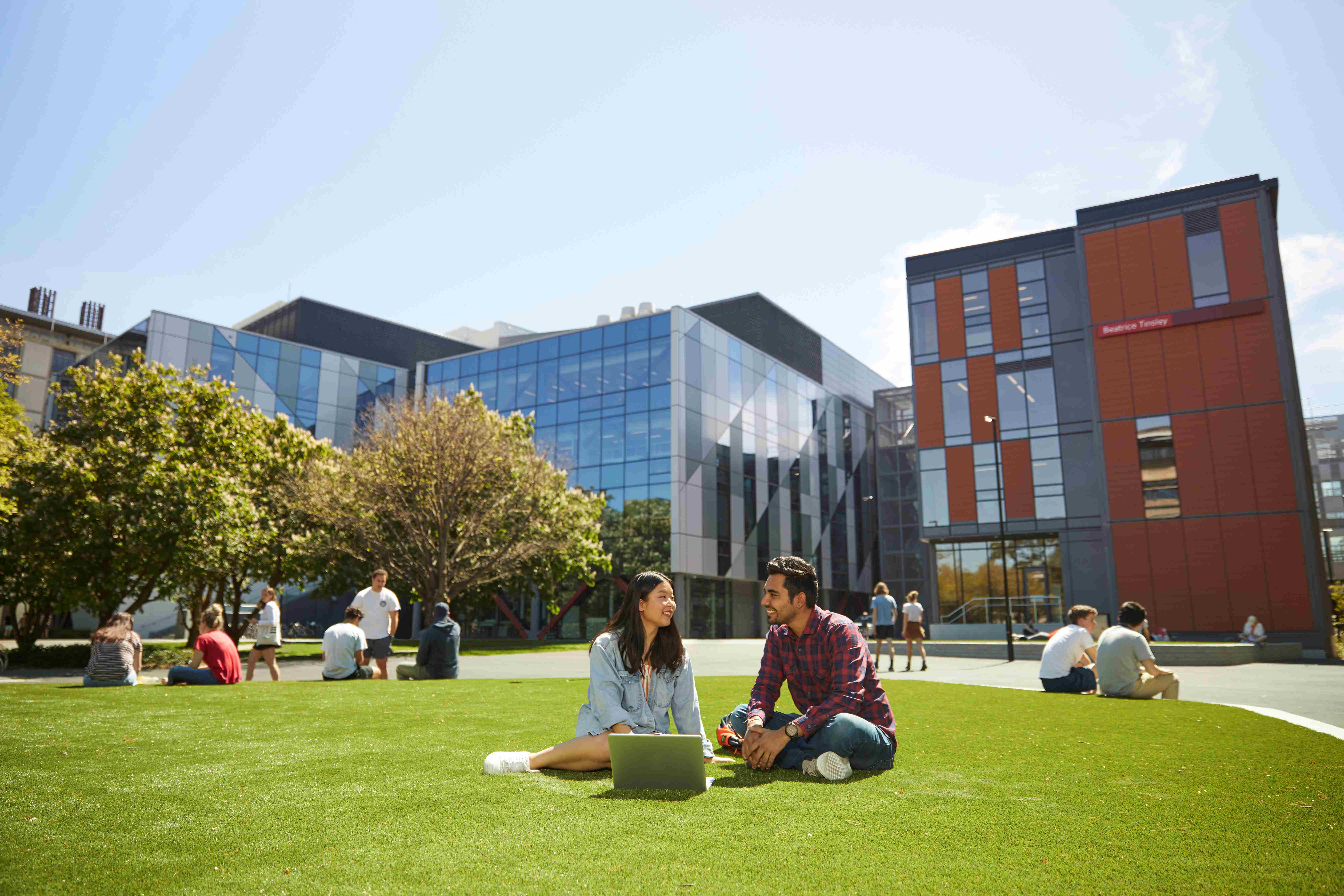Detailed, accurate and realistic tsunami evacuation modelling is needed to safely evacuate all of the seaside suburb's residents. Photo credit: Shanelle Dyer.
Improving how residents respond to future tsunami warnings in Sumner is at the forefront of work by a team including disaster resilience experts from the University of Canterbury (UC).
“Tsunamis are a hazard for many Canterbury coastal suburbs. For many communities, tsunami could inundate where they live, so they need to be prepared to evacuate,” Thomas Wilson, Associate Professor in Disaster Risk and Resilience at UC says. “An important part of being tsunami resilient is to work out how many people need to evacuate, where they should evacuate to and the best routes to use.”
The research, in partnership with Christchurch City Council, Civil Defence Emergency Management, Environment Canterbury, GNS Science and Massey University, with funding from the national Natural Hazard Research Platform, uses state-of-the-art computer models to estimate how people will evacuate from their homes, workplaces and even the beach.
“We need to consider how people interact with the terrain and each other, potential delays caused by congestion, steep or rough ground and narrow pathways,” Associate Professor Wilson says.
The team’s modelling system uses experience from the Kaikōura earthquake tsunami and lessons learnt from the Christchurch earthquakes to predict how 5,000 Sumner residents could evacuate safely in the event of tsunami warning.
The community will have the chance to see, and help to improve, the model at two workshops next week on Tuesday 11 June in the Sumner Centre.
Researchers will ask residents to consider questions such as, “is this a realistic evacuation route from your particular house, where would you go and why would you do that?”
Community groups already thinking about these challenges have come up with suggestions, such as those living at the top of the hill opening their homes to shelter those evacuating from lower down.
“The model will show what the real evacuation time might be and what the route selection should be to minimise congestion. So, for example, you might think ‘I can get up that hill in 10 minutes’, but you won’t if you’ve got people blocking the way and someone has left their car in the middle of it all,” Associate Professor Wilson says.
The team hopes that incorporating community feedback into the bespoke modelling will make it more accurate, and more likely to be adopted. Following the workshop, the updated evacuation modelling will be shared with the community and provided to Civil Defence.
UC researchers are keen to contribute to practical solutions in the community, and projects such as the Sumner tsunami evacuation project also give UC students valuable experience for future leadership roles in emergency management locally and nationally.
The Quicker, Safer Tsunami Evacuations community workshop is on Tuesday 11 June, with sessions at 1-3pm and 7-9pm, in the Sumner Centre, Puoro-Nuku Hall at 14 – 16 Wakefield Avenue Sumner.






-43%20(1).jpg)
.jpg)


